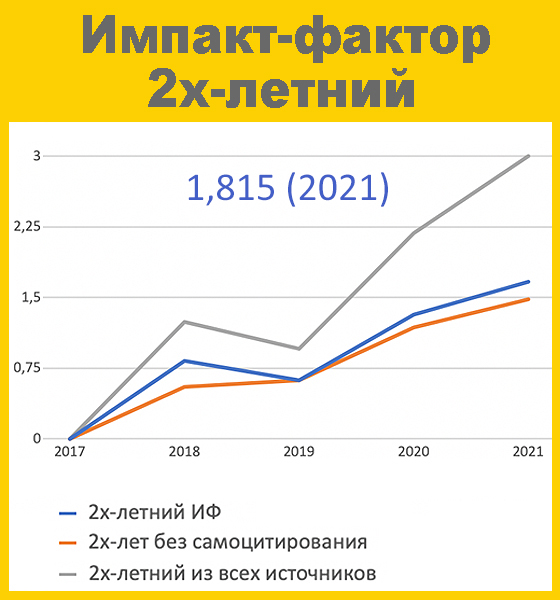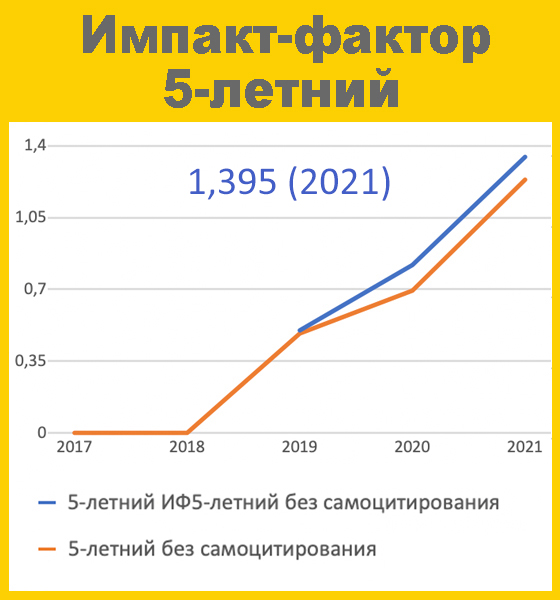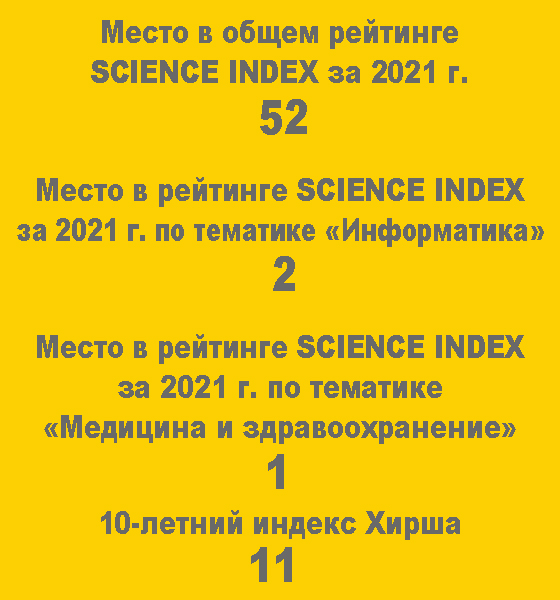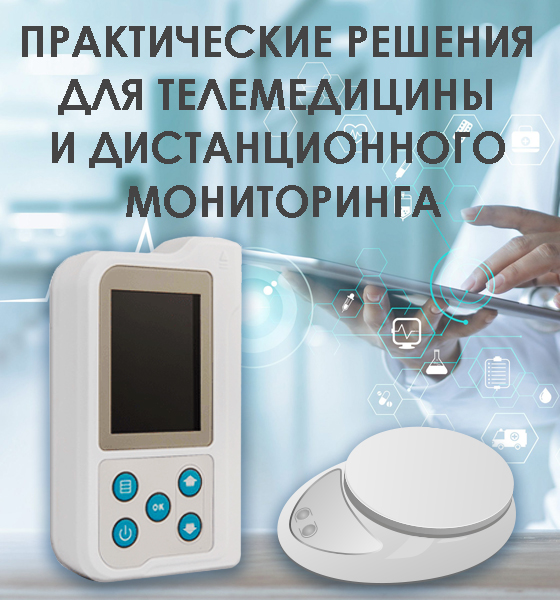Economic aspects of telemedicine DOI: 10.29188/2712-9217-2021-7-3-65-72
Shaderkin I.A. – PhD, Head of the Laboratory of Electronic Health, Institute of Digital Medicine, Sechenov University; Moscow, Russia; https://orcid.org/0000-0001-8669-2674
 2406
2406 Introduction. For the recent years telemedicine (TM) has been actively integrated into daily life, and its growth was especially significant during COVID-19 pandemic. However, its economic component has its own specificities depending on the health financing system.
The aim of this article is to analyze reasons of economical inefficiency of TM technologies in different health financing systems and to determine its further development path in economic terms.
Results. It’s not justified to expect cost reduction of health care after integrating TM technologies into medical practice. In private health-care system TM technologies in the form of TM consultation aren’t cost-effective for beneficiaries. Representatives of private clinics use TM as a part of lead generation. From private clinics’ point of view, it’s cost-effective to use distant monitoring technologies integrated into programs of patients’ management. It’s economically appropriate to apply all varieties of TM including TM consultation on the voluntary health insurance (VHC) system. However, due to the low prevalence of VHC in Russia we can’t expect significant growth of TM in Russia based on using this sector.
Conclusions. TM technologies require financing in its formative stage, implementation, development and further functioning phases.
| Attachment | Size |
|---|---|
| Download | 458.05 KB |

















































